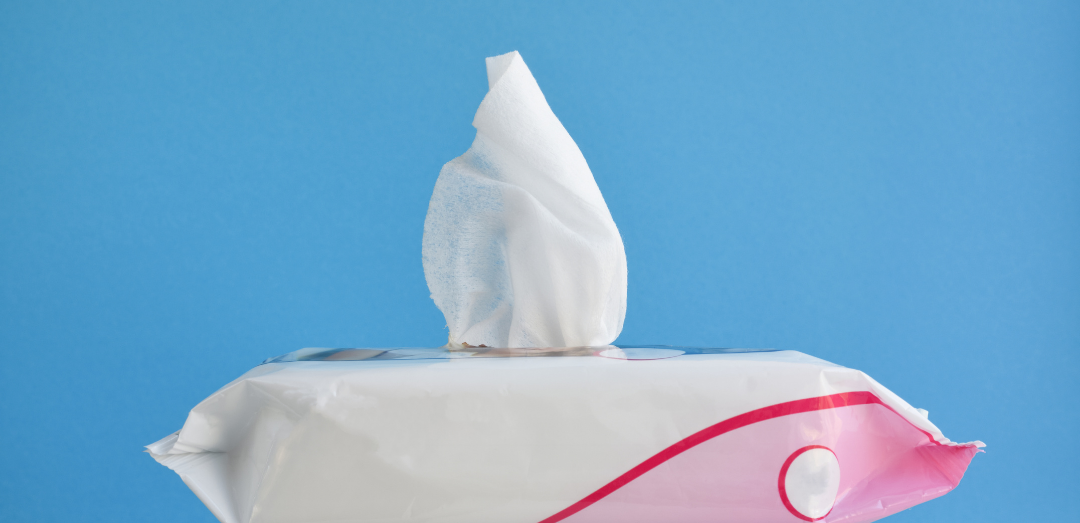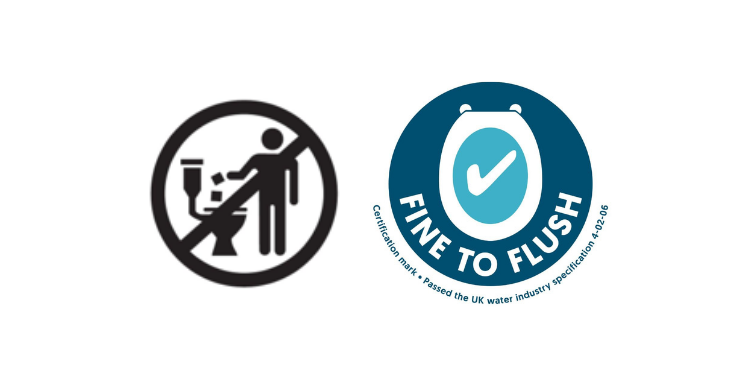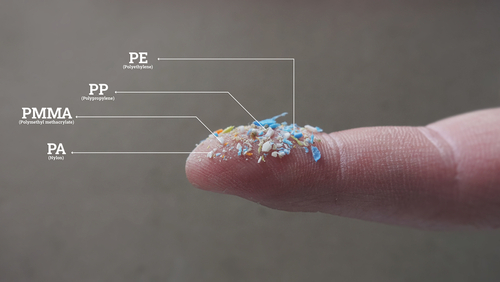
Wet wipes are convenient and can be used for an endless list. I used them the most when my kids were babies and needed diaper changes.
But what are the economic, environmental, and ethical problems with wet wipes? How do they negatively impact our environment and what can be used instead?
This blog will focus on three key problems of wet wipes. They’re more dangerous than you might think. From the UK to the US, wet wipes cause entirely avoidable problems that we can change with some awareness, effort, and alternative yet effective solutions.
Problem #1: Wet wipes are not flushable
The "fatberg"
A fatberg originally referred to as turkey fat poured down the kitchen sink drain. Now, a fatberg is caused by a build-up of wet wipes, fats, oils, and grease into a solid mass. They are expensive and can cause significant damage to a residential sewage system.
The clog and damage fatbergs cause disrupts entire waste systems.
Fatbergs became relevant in 2013 when a 15-ton, solidified ball of grease, oil, and wet wipes made headlines across the world. It took three weeks to clear out this ball. During that time, the fatberg prevented residents from flushing toilets. Since the system had no means to drain, the risk of flooding London’s streets increased.
One positive outcome of fatbergs was then London Mayor Boris Johnson taking action.
In 2013, Johnson pressed for waste fat to be used to run London's buses. In response, McDonald's announced it would collect more than 600,000 liters of used cooking oil from its London restaurants each year and convert it to biodiesel for its vehicles.
"By capturing it right here in London and turning it into biodiesel we could provide 20% of the fuel needed to power London's entire bus fleet while saving thousands of tonnes of CO2 and creating hundreds of new jobs. There is huge potential to unlock the value in used cooking oil and turn it to our economic advantage.”
-Boris Johnson
Problem #2: Labeling and customer awareness
The UK has addressed the wet wipes issue with a multi-pronged approach.
- Partnering with the advocacy group EDANA to promote the do not flush symbol on wet wipe product packaging.
- Add the fine-to-flush symbol on the packaging if the product passes strict scientific tests. The symbol gives consumers the confidence that the product will break down instead of clogging up sewers and creating fatbergs which cause blockages and sewage overflows.
Further advocacy from the Marine Conservation Society, a UK charity fighting for a cleaner, better-protected, healthier ocean. MCS issues an annual report of successes and challenges. They conduct several advocacy campaigns and organize beach cleanups and more.
Look for these labels on toiletries before buying.
Even if the wipes are labeled as flushable, they are still too thick for common sewage systems to manage. New York City spent $18 million resolving wet wipe issues. The fine-to-flush standards are strict, requiring the final product after countless testing to “pass through a 0.5mm sieve without leaving fibers or other visible residues.” According to the National Association of Clean Water Agencies, or NACWA, September 2020 report, an estimated $441 million was spent to correct wastewater issues in the US alone.
Problem #3: The danger to marine life
According to the MCS, there are 11 million wet wipes used in the UK every year. Nearly 90% of them contain plastic. That’s 200 wet wipes per person in the UK. In a sewer system, the wipes break down into microplastics that end up in the ocean with marine life mistaking them for food and ingesting them. However, the microplastics do not break down in their stomachs like regular food. Instead, these microplastics accumulate in the organism’s stomach until it is full of microplastics. This leads to a painful and slow death for common and endangered marine wildlife.

Microplastics are dangerous and easy to ingest.
According to Coastwatch’s Fall 2019 Survey Results, plastic bottle debris was on the decline while wet wipes made their debut as a notable category of beach pollution, separating them as part of sewage material for the first time.
What are the alternatives to using wet wipes?
So now you understand the dangers and cost of using wet wipes on a regular basis. Ask yourself, do you really need to use that wet wipe? The answer is almost always no. Think of the wet wipe at the end of its waste journey before you buy it. Where does it end up? Who, or what is affected most if you use a wipe? The risk to our essential sewage system is costly and great. The dangers to marine life are clear and deadly.
Instead of a wet wipe, here are ten tips that you can follow to discover alternatives to wet wipes in your daily life and community.
- Choose reusable products instead of disposable wet wipes.
- Advocate for the banning of single-use petroleum plastic in wet wipes and other sanitary items.
- Apply Extended Producer Responsibility, or EPR, to all single-use sanitary products. The industry takes the leadership to educate and provide a means of correct disposal for their products.
- Making the UK’s Fine-to-Flush testing and labeling the legal standard for flushable products in the US.
- Improve labeling for all sanitary products and promote correct disposal.
- Use a bidet.
- Use simple cleaners made without antimicrobial pesticides. The Environmental Working Group, or EGW, offers a helpful guide to healthy cleaning and alternatives to wasteful wet wipes.
- Talk to your local school district about using alternatives to wet wipes.
- Use disinfectants that use safer active ingredients, such as hydrogen peroxide, lactic acid, caprylic acid, and citric acid.
- When possible, schools should select Ecologo-certified or Green Seal-certified products.
What you buy sends a powerful message to manufacturers to have green-friendly products.
We are in this together. Let’s go green.


